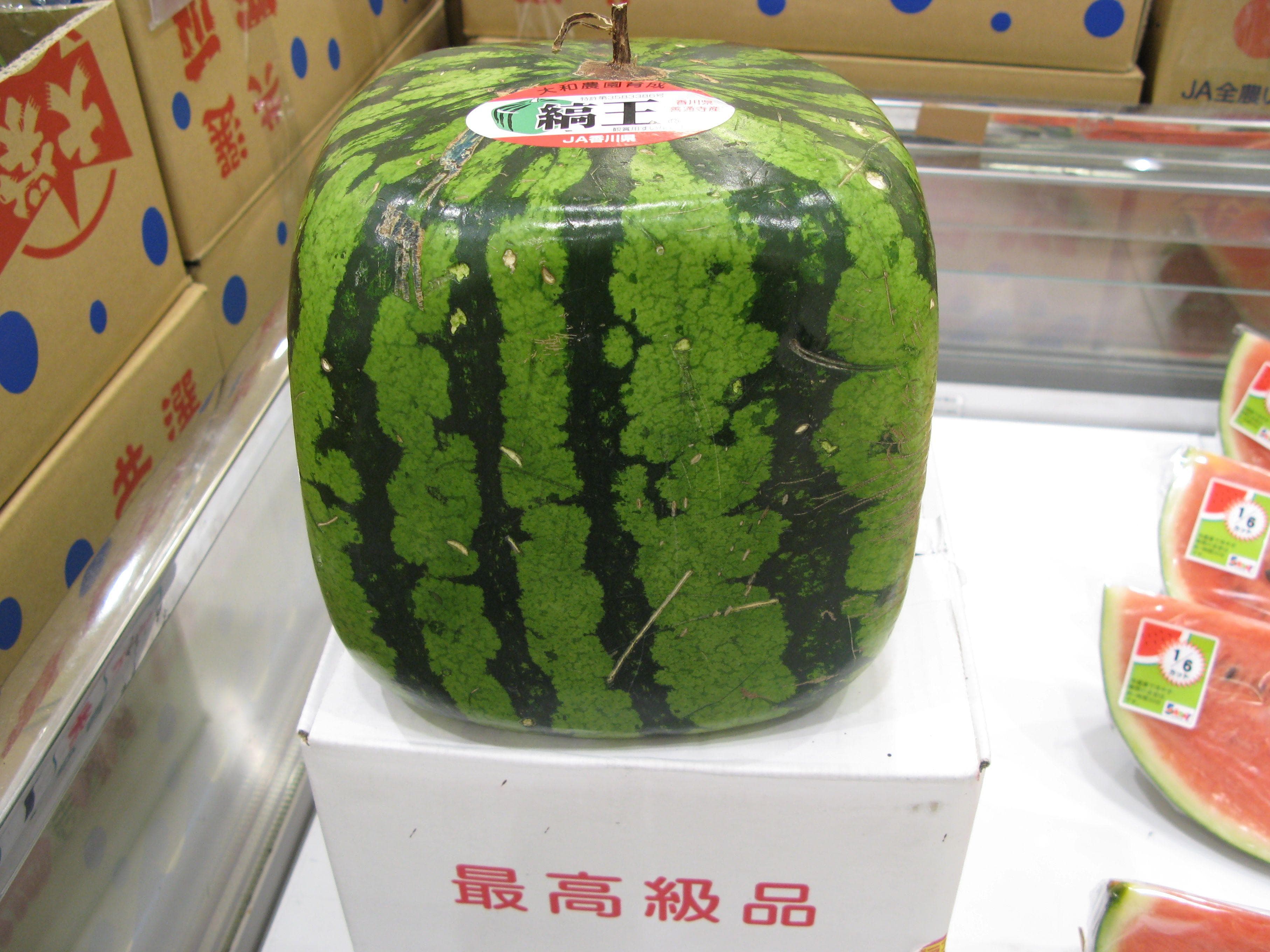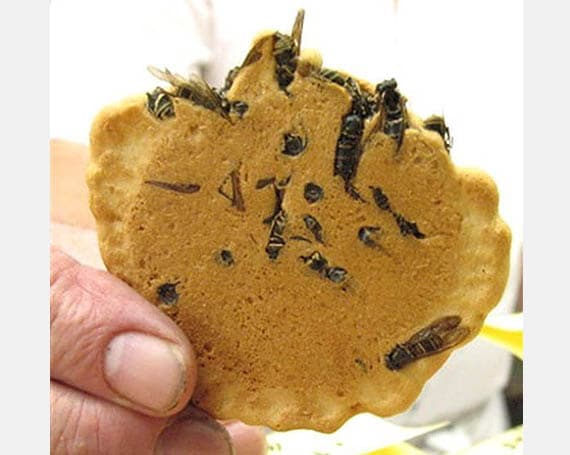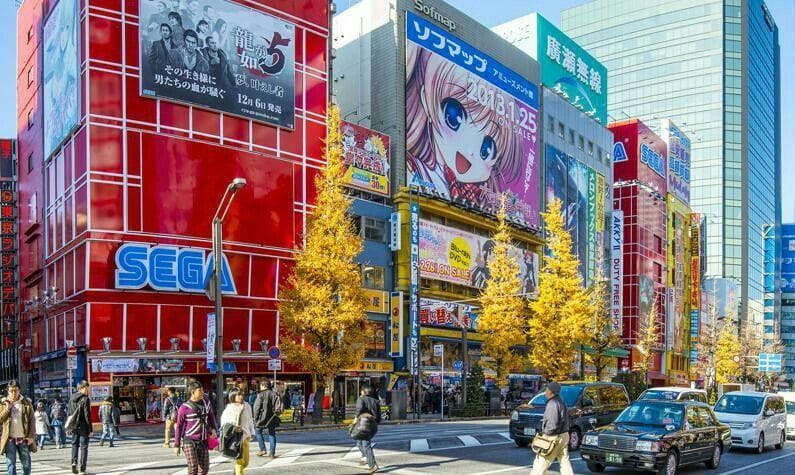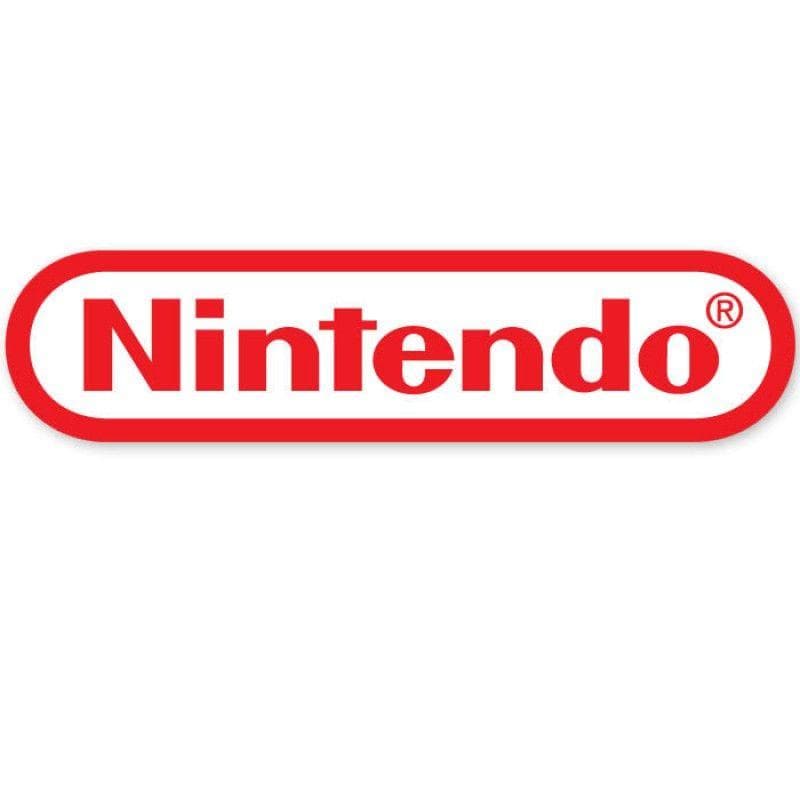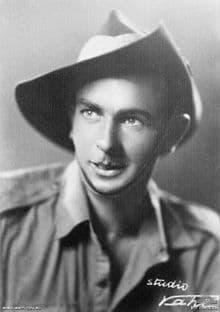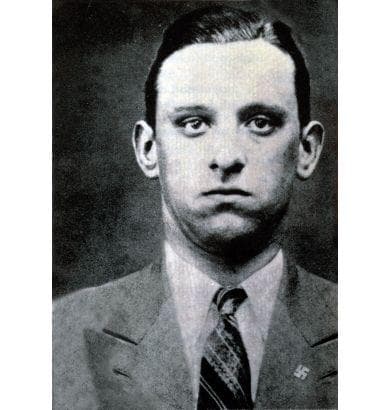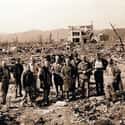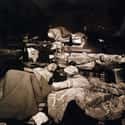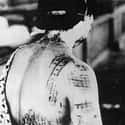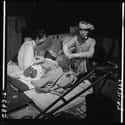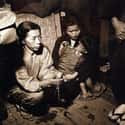-
(#11) During The United States' Subsequent Occupation Of Japan, They Kept The Effects Of Radiation Top Secret
Five days after the United States dropped an atomic device on Nagasaki, Japan surrendered, and the US began its occupation. The government heavily censored information about the effects of radiation. They silenced those who were outspoken about the illnesses it caused and forbade the press from writing about its effects. The US even distributed information that lied about the long-term dangers of atomic devices.
When Japanese officials conducted medical research into the effects of radiation, the US confiscated their findings and sent them to the United States, where they were classified. It was very difficult for Japanese citizens to get the help they needed. Dr. Shuntaro Hida, Hiroshima survivor and one of the leaders in Japan's Council of Atomic Bomb Sufferers, recalls:
If a victim went to the doctor, he wasn't supposed to tell the doctor he'd been exposed to radiation. And if he did say so, the doctor would usually say, 'Please don't tell me because we'll both be punished.'
-
(#5) Those Hurt Laid In Hospitals, Fearing Their Demise
Fujio Torikoshi was a child when the United States dropped an atomic device on Hiroshima. The force of the device sent him flying backward, and he passed out in front of a stone container filled with water. When he regained consciousness, he attempted to soothe his burns by submersing them in the water, but it only increased the pain.
Torikoshi was in and out of consciousness for several days. When he came to, doctors told him he would only live until age 20. He has survived to be over 80 years old, and says every day he "[prays] - earnestly, relentlessly - for world peace."
-
(#8) It Took Years For Some People To Fully Heal
During the US attack on Nagasaki, Sumiteru Taniguchi was delivering mail. When the device hit, the skin peeled off his back and arms. He stayed in a hospital in Omura, forced to lie on his stomach for one year and nine months. He formed bed sores that left scars up until his passing in 2017.
Altogether, Taniguchi stayed in the hospital for three years. However, he didn't receive the treatment he needed until 15 years after the event. He suffered chronic pain and developed a cancerous tumor at the site of his burns. Radiation-related illnesses took his life in 2017.
-
(#10) Japanese Citizens Who Survived The Nuclear Blasts Suffer From Cancer And Other Illnesses
The devices the United States dropped on Hiroshima and Nagasaki exposed thousands to dangerous amounts of radiation. In tests conducted on the bones of the devices' victims, scientists discovered they had absorbed 9.46 grays (Gy) of radiation. To put that number into perspective, patients receive two to three Gy in localized areas to combat tumors, while five Gy of total-body radiation are enough to end a person.
Because of this exposure, many survivors of Hiroshima and Nagasaki suffer from cancer today. Yoshiro Yamakawi has stomach cancer and has undergone surgery twice. Doctors have diagnosed Sunao Tsuboi with two types of cancer, and he's been hospitalized 11 times.
Around two years after the US dropped atomic devices on Japanese citizens, leukemia rates spiked among children. Ten years later, cancer rates spiked among adults. Around 10% of cancer patients in Hiroshima and Nagasaki developed their illnesses from high concentrations of radiation.
-
(#3) Hiroshima Became 'The City Of Yakuza,' Notorious Japanese Gangsters
Hiroshima became known for its high concentration of Yakuza members, which Emiko Okada attributes to the large number of orphaned children left to provide for themselves after the atomic attacks wiped out their families:
They [committed unlawful acts] to get by. They were taken in by the wrong adults. They were later bought and sold by said adults. Orphans who grew up in Hiroshima harbor a special hatred for grownups.
Okada, too, attributes the atrocities inflicted on Japan to adults. After the attacks, she lost her sister and grew so ill that she vomited and her gums bled. Okada now calls on adults to protect the "lives and dignity" of children.
-
(#7) Many Children Were Left Orphaned And Alone
Ryouga Suwa was in Miyoshi-shi at the time of the attack on Hiroshima, approximately 50 kilometers from the hypocenter. The rest of his family was in Hiroshima, however, and his parents and sister likely perished in the attack - although his parents are still considered missing to this day. At just 12 years old, he was left a genbaku-koji, or an orphan of the atomic attack. Suwa is one of 2,000 children orphaned by the attack.
When he returned to Hiroshima a little over one month later, he was shocked at the level of devastation:
What remained of the [temple's] property was a cluster of overturned tombstones from the... cemetery. Hiroshima was a flat wasteland. I remember feeling shocked that I could make out the Setonai Islands in the distance, which used to be inhibited by buildings.
New Random Displays Display All By Ranking
About This Tool
During WWII, the United States dropped atomic bombs on Hiroshima and Nagasaki, which accelerated the end of the war in the Pacific region and launched the era of nuclear weapons. The final deaths in Hiroshima atomic bomb reached 135,000, far more than twice that of Nagasaki, even though the atomic bomb in Nagasaki was more powerful. Those who survived the atomic bombing disaster have been threatened by nuclear radiation and harmful substances throughout their lives, facing challenges such as rehabilitation and life reconstruction.
In this war disaster, thousands of Japanese residents were turned into steam by high temperature and strong light. Many survivors even had only two empty eye sockets, bone marrow necrosis, and many pregnant women gave birth to malformed fetuses. The random tool shares 13 details about life in Japan after the atomic bomb.
Our data comes from Ranker, If you want to participate in the ranking of items displayed on this page, please click here.

